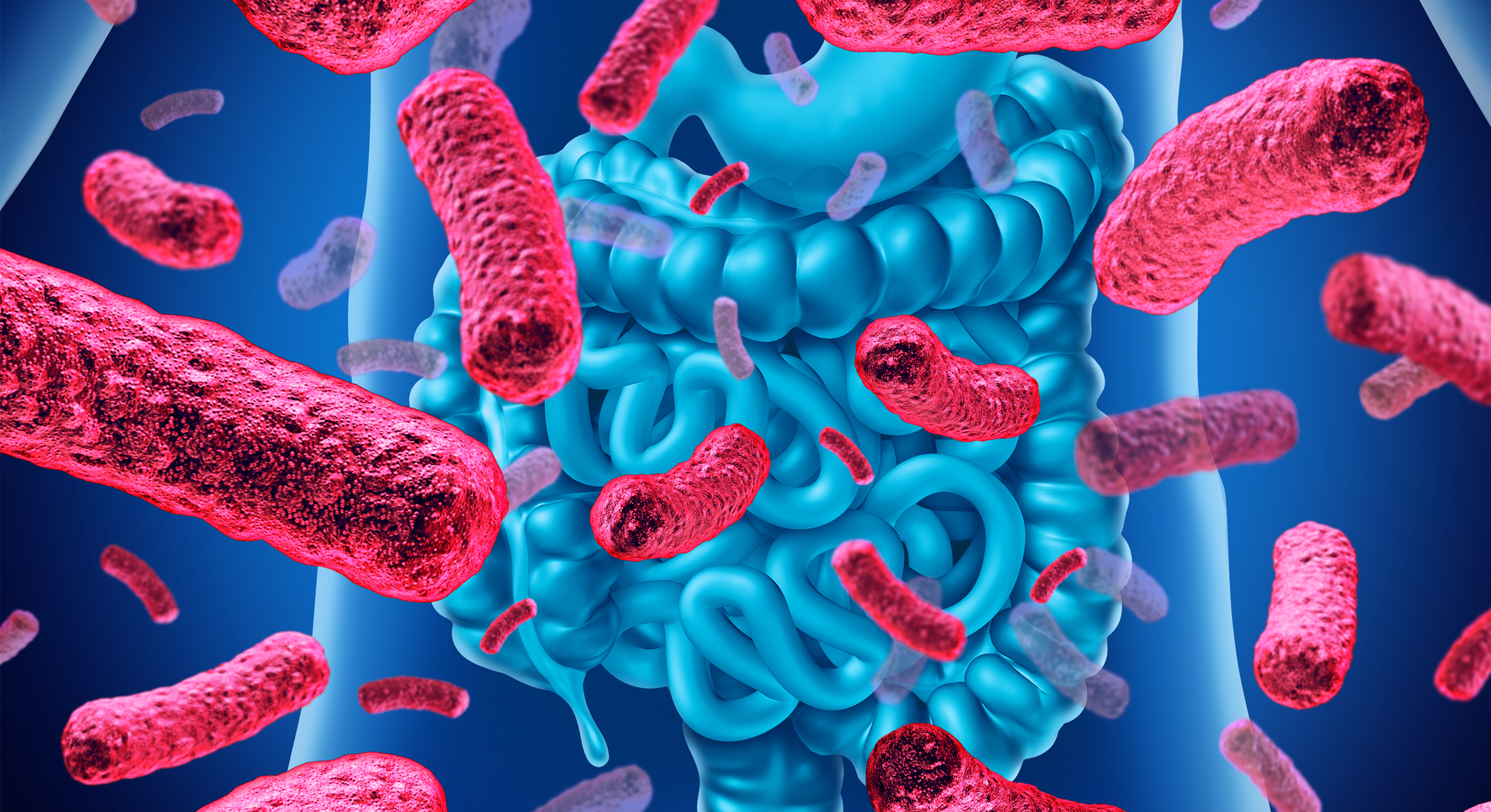Probiotics have different potential therapeutic uses, although their mechanisms of action and how they might change after administration are not fully studied. In contrast to traditional drugs, probiotics can evolve during treatment, but how this process works inside the gut remains largely elusive.
A new study, led by Dr. Gautam Dantas from the Washington University School of Medicine in St. Louis (USA), has found that the probiotic Escherichia coli Nissle 1917 evolves inside the mouse’s gastrointestinal tract during the course of treatment.
The researchers sought to explore E. coli Nissle 1917’s adaptive behavior in the mouse’s gut, based on its role in maintaining clinical remission of ulcerative colitis in adults and its use as a potential next-generation engineered probiotic.
The authors focused on probiotic bacterium interaction with other gut commensal microorganisms, the effects of different diets on the way probiotics evolve inside mice’s gastrointestinal tracts, and the impact of antibiotic treatment on the probiotic.
Genes that conferred a selective advantage to the probiotic bacterium under the environmental stimulus were explored through whole-genome sequencing approaches after administering unmodified E. coli Nissle together with a mix of bacterial deoxyribonucleic acid (DNA) from healthy individuals.
E. coli Nissle DNA changed while transiting through the mice’s intestines for 5 weeks, accompanied by a range of diets and gut microbiome complexities:
- Diet types: standard mouse diet, a Western-like diet and a Western diet-type enriched with fiber.
- Gut microbiome profiles: one without gut microbes (germ-free mice), another with a limited set of bacteria, a normal gut microbiome and a normal gut microbiome after antibiotic exposure.
Both the mice’s diet and the gut bacterial communities influenced the way E. coli Nissle evolved. In mice with low gut microbiome diversity, mutations that enhance mucin utilization, stress response and long-chain polysaccharide utilization were enriched, allowing for the survival of the bacterium. Indeed, bacteria from mice with the lowest gut microbiota diversity showed the greatest evolutionary changes in their functional diversity.
In contrast, E. coli Nissle did not exhibit a significant adaptation in mice with a highly diverse gut microbiota (containing a 13-member defined gut microbiota including polysaccharide-degrading bacteria). Carbohydrate availability in the gut shapes E. coli Nissle evolution and permanence in the gut microbiome with a limited set of bacteria. Furthermore, this mono-colonized gut microbiome exhibited an increased expression of glycosyl-hydrolase enzymes involved in degrading complex carbohydrates, which is a limiting capacity of E. coli Nissle.
Some mutations under glucose-limiting conditions resulted in an inactivation of gluconate metabolism. Furthermore, evidence of a possible link between gluconate metabolism and the mucin component N-acetylglucosamine was also reported, which is advantageous when mucin components are the main carbon source.
On the other hand, previous exposure to antibiotics in colonized mice led to an acquisition of probiotic resistance.
Beyond studying the impact of gut microbiome and diet complexity on E. coli Nissle functions, Crook and colleagues also validated the therapeutic effects of an engineered E. coli Nissle probiotic able to degrade phenylalanine into a molecule safely excreted in the urine in a mouse model of phenylketonuria. This new generated probiotic was genetically stable over 1 week of treatment and reduced serum phenylalanine levels, thus suggesting its potential use as a probiotic in the short term.
“We can use the principles of evolution to design a better therapeutic that is carefully tailored to the people who need it. This is an opportunity, not a problem,” said author Gautam Dantas in a press release.
In conclusion, the study shows the adaptive behavior of the E. coli Nissle probiotic in the mouse gut, subject to unbalanced gut microbiomes and different dietary patterns, thus opening up new avenues for moving towards a personalized probiotic medicine. Testing the evolution of a candidate probiotic inside the gastrointestinal tract is an important feature that, taking into account these results, should be considered when assessing efficacy and safety from the early stages of product development.
Reference:
Crook N, Ferreiro A, Gasparrini AJ, et al. Adaptive strategies of the candidate probiotic E. coli Nissle in the mammalian gut. Cell Host Microbe. 2019; 25:1-14. doi: 10.1016/j.chom.2019.02.005.


